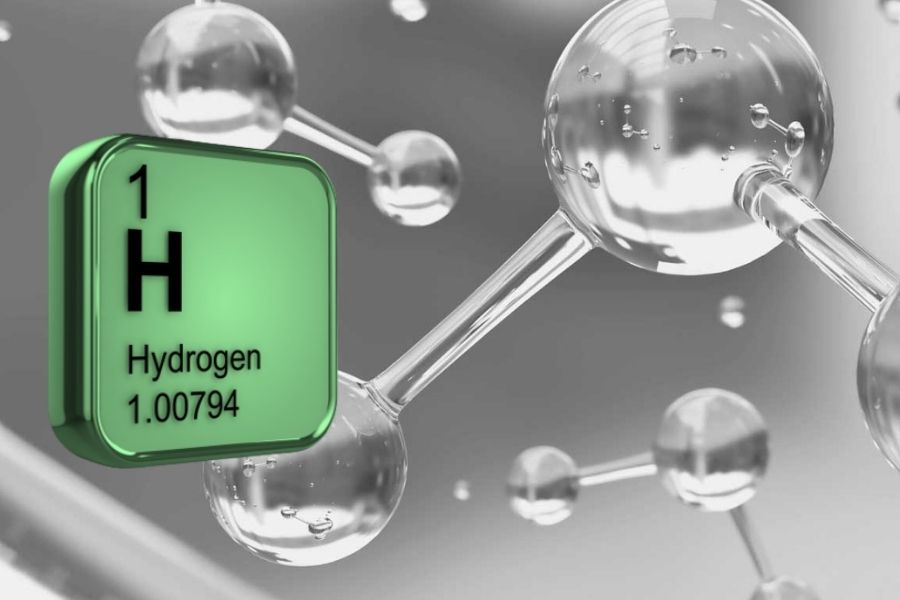Whyalla featured on hit documentary series Australian Story
In September 2018, the ABC’s hit documentary series Australian Story tracked ...

A decarbonised steel industry can enable a new green industrial revolution writes our Executive Chairman, Sanjeev Gupta.
With the age of fossil fuels coming to an end, and COVID-19 accelerating thinking among captains of industry and governments that we can and need to build a better world for future generations, the role of hydrogen is in the spotlight.
And I’m excited about hydrogen’s potential because I’m planning on using an enormous amount of it. Hydrogen is going to revolutionise the steel industry and in return, steel can be the key enabler for hydrogen and help to drive its widespread adoption.
I believe a new, green industrial revolution is going to happen more quickly than most anticipate – and a decarbonised steel industry is going to be its foundation.
Steel is an essential part of our future with global demand set to double in the next 30 years, yet it’s a big carbon emitter – accounting for 9% of carbon dioxide emissions already. With many countries committing to ambitious carbon neutrality targets, clearly this is not sustainable.
On the other side of the equation, hydrogen has its problems too. In addition to its challenge of bringing down cost of production, it is also difficult to store and difficult to transport – adding significantly to its cost.
But bring steel and hydrogen together, and they can solve each other’s problems. Here’s how.
Traditional steelmaking involves the use of coking coal in blast furnaces, resulting in huge carbon dioxide emissions. We now know hydrogen provides the key to a carbon-neutral steelmaking process and can be used in place of coking coal as a reducing agent to produce sponge iron – with the by-product being water, i.e. emitting H2O rather than CO2.
Currently, however, the hydrogen supply chain is costly and challenging. Each stage of storage, liquefying, shipping and re-gassing, adds to the cost of a tonne of hydrogen – and that’s on top of the capital cost of the plants and infrastructure required.
By using hydrogen to make steel in-situ i.e. immediately where it is produced, you can solve the storage and transport problems. This coupled with bringing down cost by using large scale renewable energy in key locations with favourable renewable resources, will allow us to produce competitive GREENSTEEL totally free of fossil fuels. In addition it will enable large and effective consumption of hydrogen allowing the hydrogen industry to develop rapidly.
We’ve been working hard on this through our updated GREENSTEEL transformation plans for our steelworks at Galati, in Romania, and Whyalla, in South Australia.
Our plans at both include Direct Reduced Iron (DRI) plant which will initially use gas but then transition to hydrogen over time. As part of our recent Memorandum of Understanding signings in Romania, we will work with The Romanian Institute for Research and Development for Cryogenic and Isotopic Technologies, is to collaborate in the development of technical studies and business applications of hydrogen technology in steel production.
In Whyalla, we plan to take advantage of South Australia’s abundant resources. It has the best conditions for solar and onshore wind energy anywhere in the world (hence our 280MW Cultana Solar Farm initiative), abundant magnetite iron ore reserves which enable new, less carbon intensive technologies and processes to be used, a deep-sea port, a skilled workforce and supportive community.
The potential benefits, with hydrogen production established, go well beyond steel and would position South Australia as a global hub for fuel cell technology, research and development and advanced manufacturing.
To get there we need the right policy and financial framework to incentivise investment and joint-ventures with technical partners in long-term hydrogen projects. It will require collaboration, commitment, ambition and follow-through – and a genuine appetite to create a sustainable future for industry and the societies we serve.
Carbon-based industrial revolutions of the past have brought many benefits around the world, but also the legacy of climate change. The next industrial revolution will be based on hydrogen and is about to happen. It is an economic prize worth fighting for, but perhaps more importantly it can be a legacy our generation can be proud of, building a better future for our children and generations to come.
I think that is the our future and of our generation.
Thank you and Gratulations for this great project!
Sounds a promising future for the steel industry using hydrogen and a solid focus on manufacturing growth in SA